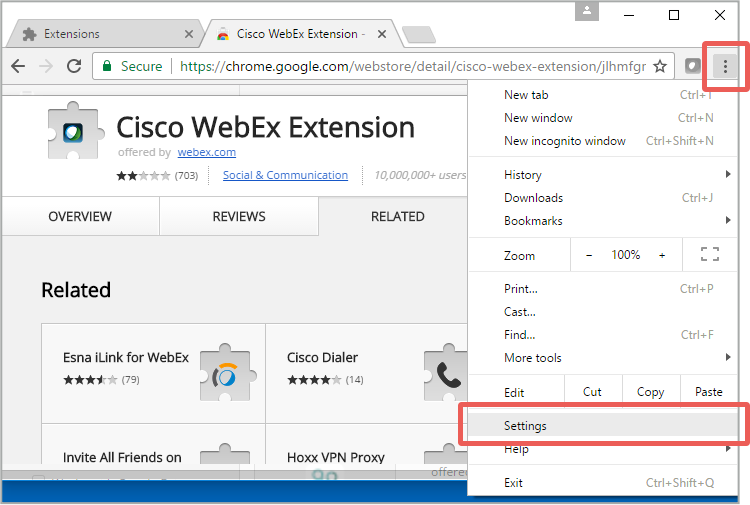‘Celebgate’ nudes thief gets just nine months of porridge
An American bloke has been jailed for breaking into the online accounts of 30 or so celebrities (and 270 other people) and swiping their most intimate snaps and secrets.
Edward Majerczyk, 29, of Orland Park, Illinois, sent out hundreds of messages masquerading as legit emails from Apple and Google technical support. These fake alerts convinced victims to type their usernames and passwords into a website controlled by the miscreant, allowing him to ransack their iCloud and Gmail accounts.
Majerczyk, the son of two retired Chicago cops, was eventually collared by FBI agents probing “Celebgate” – the moment in 2014 when private nude photos of Kate Upton, Jennifer Lawrence, Ariana Grande and other stars were plastered across 4Chan and Reddit. The pictures and videos were stolen from the victims’ cloud accounts.
During questioning, Majerczyk told the Feds he just wanted to “see things through other people’s eyes.” In a deal with prosecutors last July, he pleaded guilty to one count of unauthorized access to a protected computer to obtain information. He faced up to five years behind bars.
“[Majerczyk] not only hacked into email accounts – he hacked into his victims’ private lives, causing embarrassment and lasting harm,” said the FBI’s Deirdre Fike. “As most of us use devices containing private information, cases like this remind us to protect our data. Members of society whose information is in demand can be even more vulnerable, and directly targeted.”
In addition to his sentence, handed down on Tuesday this week, Majerczyk was ordered to pay $5,700 to foot one celebrity victim’s therapy bills. The FBI also confiscated the hacker’s Gateway computer, another desktop system, his iPhone, and various items of storage media.
“At the time of the offense, Mr Majerczyk was suffering from depression and looked at pornography websites and internet chat rooms in an attempt to fill some of the voids and disappointments he was feeling in his life,” his lawyer, Thomas Needham, told the court [PDF].
“After accessing the personal information and photographs for his personal viewing, he learned that others were distributing these private images on the internet. Mr Majerczyk did not realize the extent of this crime and was deeply affected by it. He immediately began seeing a therapist.”
According to his lawyer, there is no evidence that Majerczyk leaked any of the purloined pictures online. US prosectors did not charge him with the distribution of the images. Meanwhile in October last year, Ryan Collins, 36, of Pennsylvania, was jailed for 18 months for stealing similar snaps from people’s accounts. Neither he nor Majerczyk have been directly accused of spreading the swiped selfies on the internet – a devastating leak that became known as The Fappening.
Majerczyk’s lawyer said his client was wracked with guilt and had had panic attacks since raiding his victims’ private files. Since it’s said that he didn’t upload the pictures to message boards, was a first-time offender, and pleaded guilty early, he received a relatively light sentence. Still, the judge wasn’t happy.
“The conduct is abhorrent,” said US district judge Charles Kocoras during this week’s sentencing hearing in Illinois. “It’s a very, very trying time that we live in.” ®
Sponsored:
DevOps and continuous delivery
Article source: http://go.theregister.com/feed/www.theregister.co.uk/2017/01/26/celebrity_nudes_thief_gets_nine_months/





